The world of ball python breeding has exploded in popularity over the past few decades, transforming from a niche hobby into a sophisticated industry with remarkable genetic diversity. These docile, manageable snakes have become the canvas for breeders who selectively pair animals to produce offspring with striking patterns and colors not found in wild populations. While the aesthetic appeal of these morphs draws many enthusiasts into the hobby, the practice raises important ethical considerations about responsible breeding. This article explores the fascinating world of ball python morphs, highlighting popular varieties and the ethical practices that responsible breeders should follow to ensure the health and welfare of these captivating reptiles.
Understanding Ball Python Morphs: The Basics

A morph refers to a ball python with a genetic mutation that affects its physical appearance, primarily its color and pattern. These variations occur naturally in wild populations but have been selectively bred in captivity to enhance and combine traits. Unlike some other animals, where selective breeding can lead to significant physiological changes, ball python morphs primarily affect coloration and pattern while maintaining the species’ natural body structure. The genetic foundations of these morphs follow Mendelian inheritance patterns, with traits being dominant, co-dominant, recessive, or polygenic. Understanding these genetic principles is crucial for breeders who aim to produce specific morphs through carefully planned pairings. Today’s captive ball python gene pool represents decades of selective breeding that has revealed hundreds of distinct morphs, with new combinations continually emerging.
The History of Ball Python Morphing
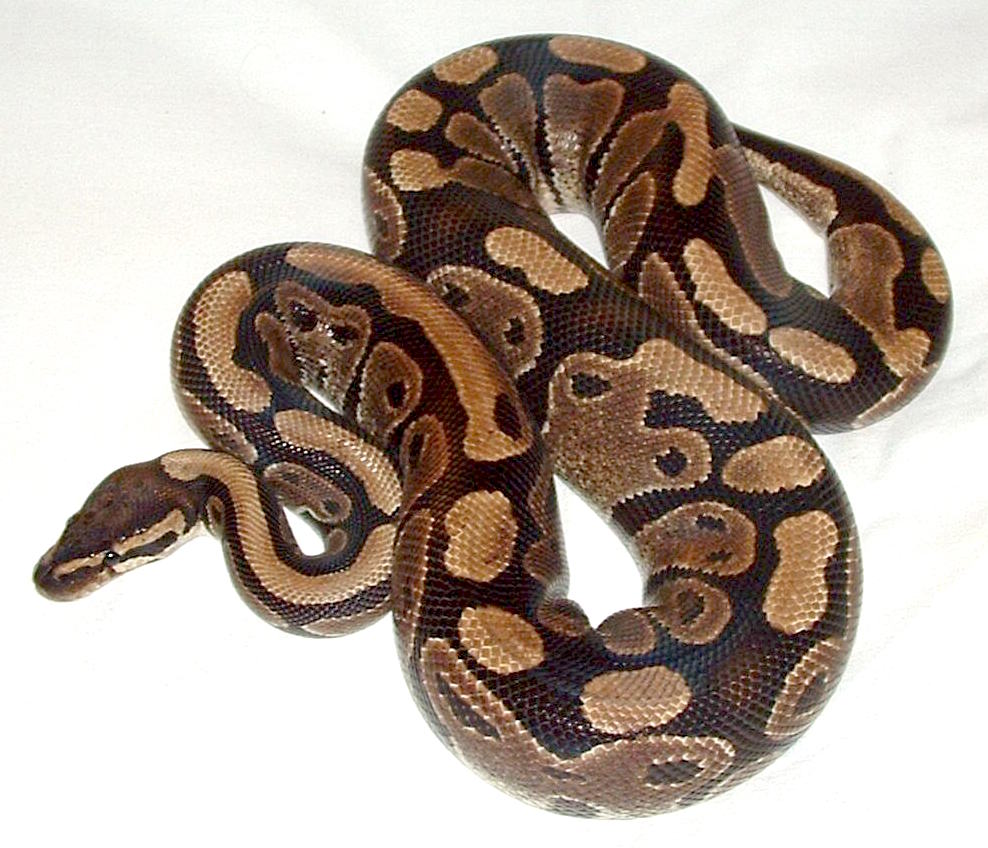
The captive breeding of ball python morphs began in earnest during the 1980s with the discovery and importation of the first significant morphs: the albino and the piebald. These early morphs fetched astronomical prices, with the first albinos selling for tens of thousands of dollars each. Throughout the 1990s, dedicated breeders worked to establish breeding colonies of these rare variations and understand their genetic inheritance. The industry experienced a revolution in the early 2000s as breeders discovered that combining different morphs could produce “designer” combinations with unique appearances. This period saw an explosion in both the variety of available morphs and public interest in the hobby. What was once an obscure specialized field has transformed into a global industry with sophisticated breeding operations, international expos, and a community of enthusiasts ranging from casual hobbyists to professional breeders who have built multimillion-dollar businesses around these remarkable reptiles.
Dominant Morphs: One-Gene Wonders
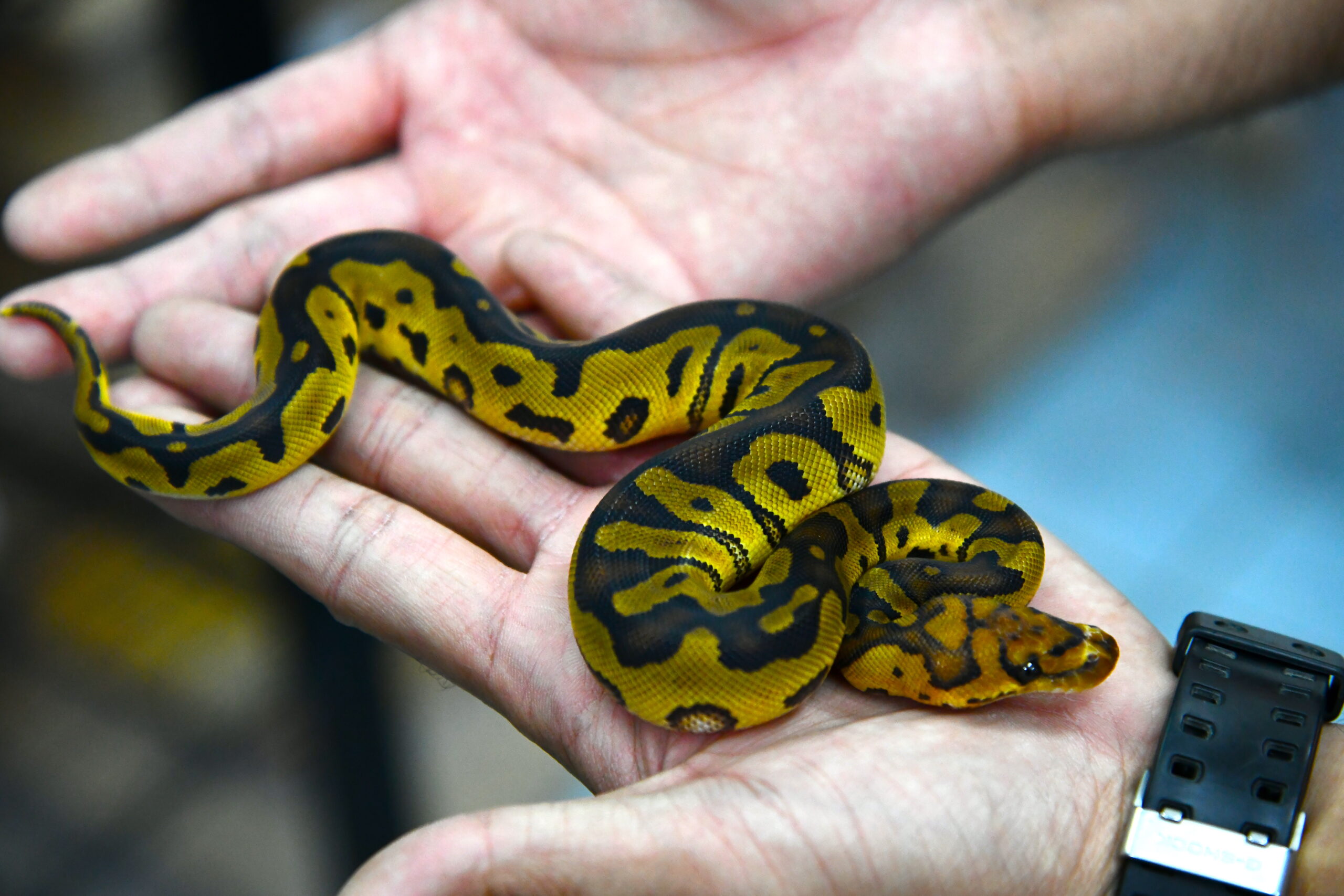
Dominant morphs represent some of the most influential genes in ball python breeding because they express their visual traits even when the snake carries only one copy of the gene. The Spider morph, characterized by reduced pattern along the back and distinctive web-like markings on the sides, is perhaps the most well-known dominant mutation but has become controversial due to associated neurological issues. Pinstripe morphs display thin, elegant lines running down their bodies with reduced pattern between the lines and have become a cornerstone in many designer combinations. The Spotnose morph features a distinctive head marking and often brightens the overall appearance of the snake, making colors more vibrant. Other popular dominant morphs include the Mojave, with its reduced pattern and distinctive head markings; the Pastel, which lightens and yellows the snake’s appearance; and the Fire, which creates rich golden tones against dark borders. These dominant genes provide breeders with reliable first-generation results and form the foundation of many complex designer morphs.
Recessive Morphs: Hidden Genetic Treasures
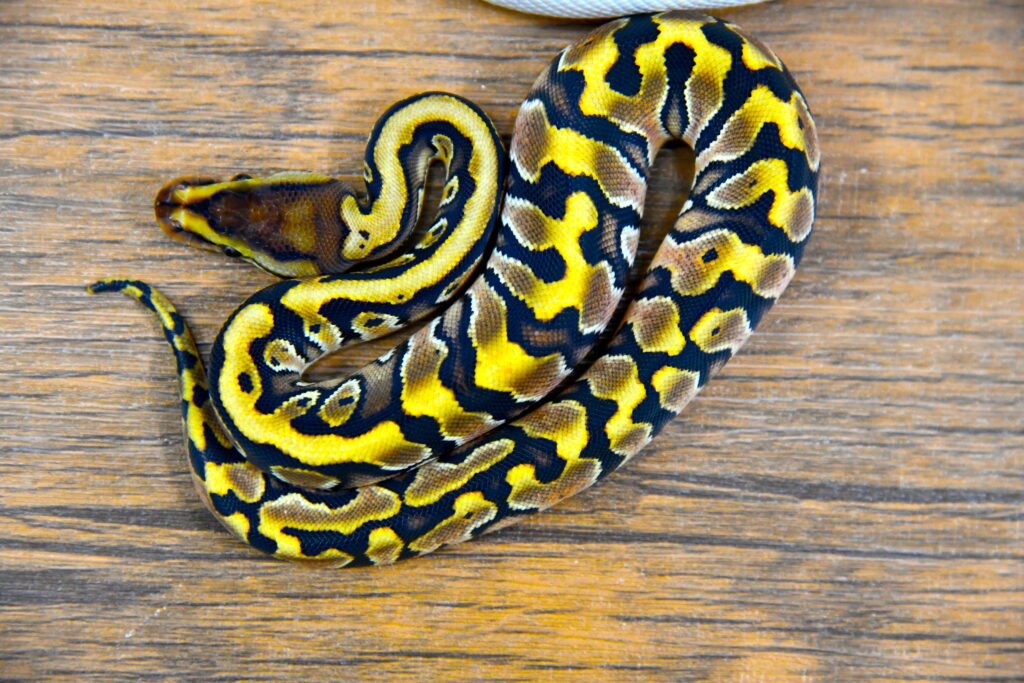
Recessive morphs represent some of the most dramatic and sought-after variations in the ball python world, though they require more complex breeding strategies to produce. Unlike dominant traits, recessive morphs only show their visual characteristics when a snake inherits two copies of the gene—one from each parent. The Albino morph, one of the earliest discovered recessive traits, lacks melanin pigment, resulting in snakes with white or yellow bodies and red eyes. Piebald pythons display random patches of normal coloration against stark white sections, creating a striking patchwork appearance that varies with each individual. Axanthic ball pythons lack yellow pigmentation, resulting in black, white, and gray coloration that creates a “black and white” snake. Other popular recessive morphs include Clown with its distinctive face pattern and irregular striping, Ultramel with its soft caramel tones, and Ghost with its reduced pattern and washed-out appearance. Recessive morphs often command higher prices because producing them requires multiple generations of breeding to establish genetic lines.
Co-Dominant Morphs: The Genetic Powerhouses

Co-dominant morphs occupy a fascinating middle ground in ball python genetics, showing one appearance when a single gene is present (heterozygous) and a different, often more dramatic appearance when two copies are present (homozygous or “super form”). The Lesser Platinum morph lightens the snake’s overall coloration when heterozygous, but when bred to itself to create the homozygous Blue-Eyed Leucistic, it produces a stunning pure white snake with blue eyes. Similarly, the Mojave gene creates a distinctive pattern reduction in its heterozygous form, but in its super form also produces a Blue-Eyed Leucistic snake. The Enchi morph enriches orange and gold tones when heterozygous, while the super form displays dramatically intensified coloration with significant pattern reduction. Other important co-dominant morphs include Yellowbelly, Mystic, and Butter, all of which contribute to various white-snake super forms known collectively as “leucistics.” These co-dominant genes offer breeders the advantage of visual markers in both heterozygous and homozygous forms, allowing for more strategic and predictable breeding projects.
Popular Designer Combinations
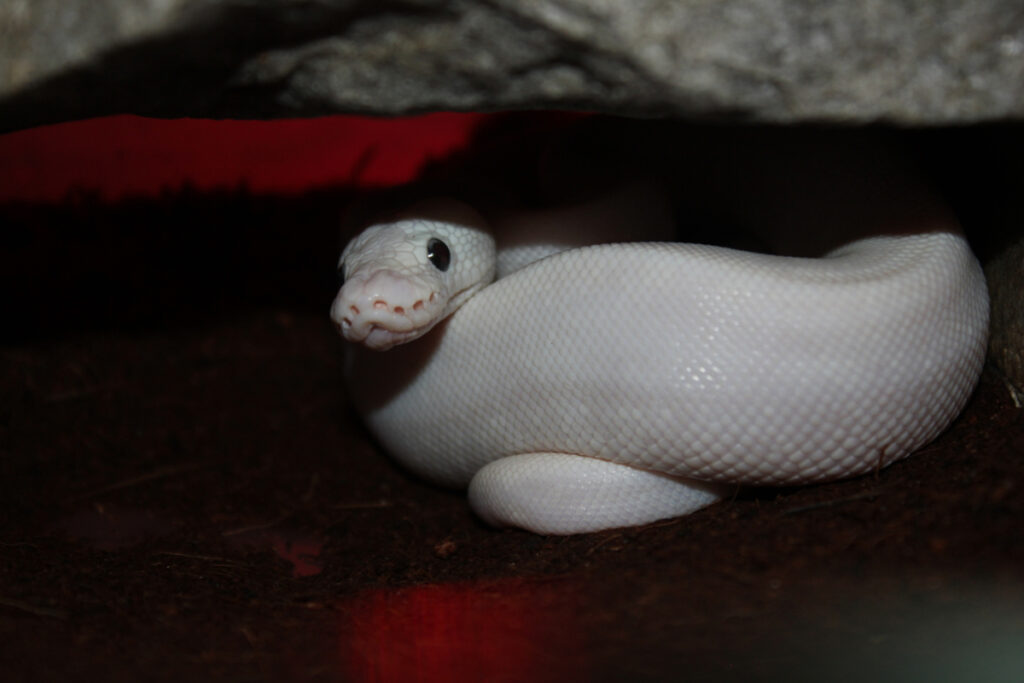
The true artistry in ball python breeding emerges when multiple morphs are combined to create “designer” snakes with appearances far removed from their wild counterparts. The Banana Clown combines the vibrant yellow and pink tones of the Banana morph with the Clown’s distinctive pattern distortion, creating a snake with bright coloration and unique markings. The Blue-Eyed Leucistic, produced by combining two copies of certain co-dominant genes like Lesser, Mojave, or Butter, results in a completely white snake with striking blue eyes that commands premium prices. The Black Pewter, a combination of Cinnamon and Pastel genes, creates a snake with silver-gray tones and reduced pattern that darkens beautifully with age. Other celebrated combinations include the Coral Glow Pied (combining orange/pink tones with white patches), the Super Blast (a Pastel and Pinstripe combination with dramatic pattern reduction), and the Champagne Enchi (featuring rich golden tones with a unique head pattern). These designer combinations often sell for thousands of dollars, particularly when they represent new genetic achievements or exceptionally high-quality examples.
The Ethics of Genetic Selection
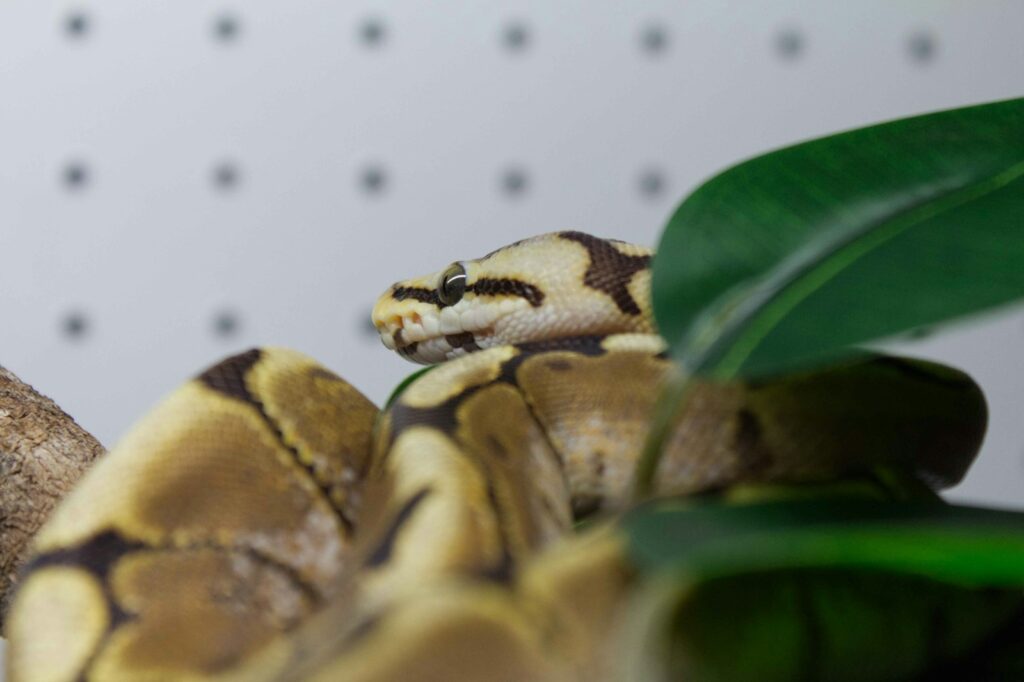
The pursuit of new and exotic ball python morphs raises significant ethical questions about the limits of selective breeding. The most concerning issue involves morphs associated with genetic disorders, with the Spider morph serving as the prime example. Spiders typically display a neurological condition called “wobble,” which causes erratic head movements, poor coordination, and in severe cases, difficulty feeding. Ethical breeders increasingly avoid producing Spider morphs despite their visual appeal, recognizing that aesthetic considerations shouldn’t outweigh animal welfare. Similar concerns exist about “proof” breeding, where snakes with potentially problematic genes are bred to determine if they carry specific traits, potentially creating offspring with health issues. Responsible breeders prioritize health, temperament, and vigor alongside appearance, ensuring that their breeding programs don’t compromise the animals’ quality of life. Many ethical breeders now openly disclose known health issues associated with certain morphs and refrain from breeding combinations that might produce compromised animals, even if those combinations would be commercially valuable.
Controversial Morphs and Health Concerns
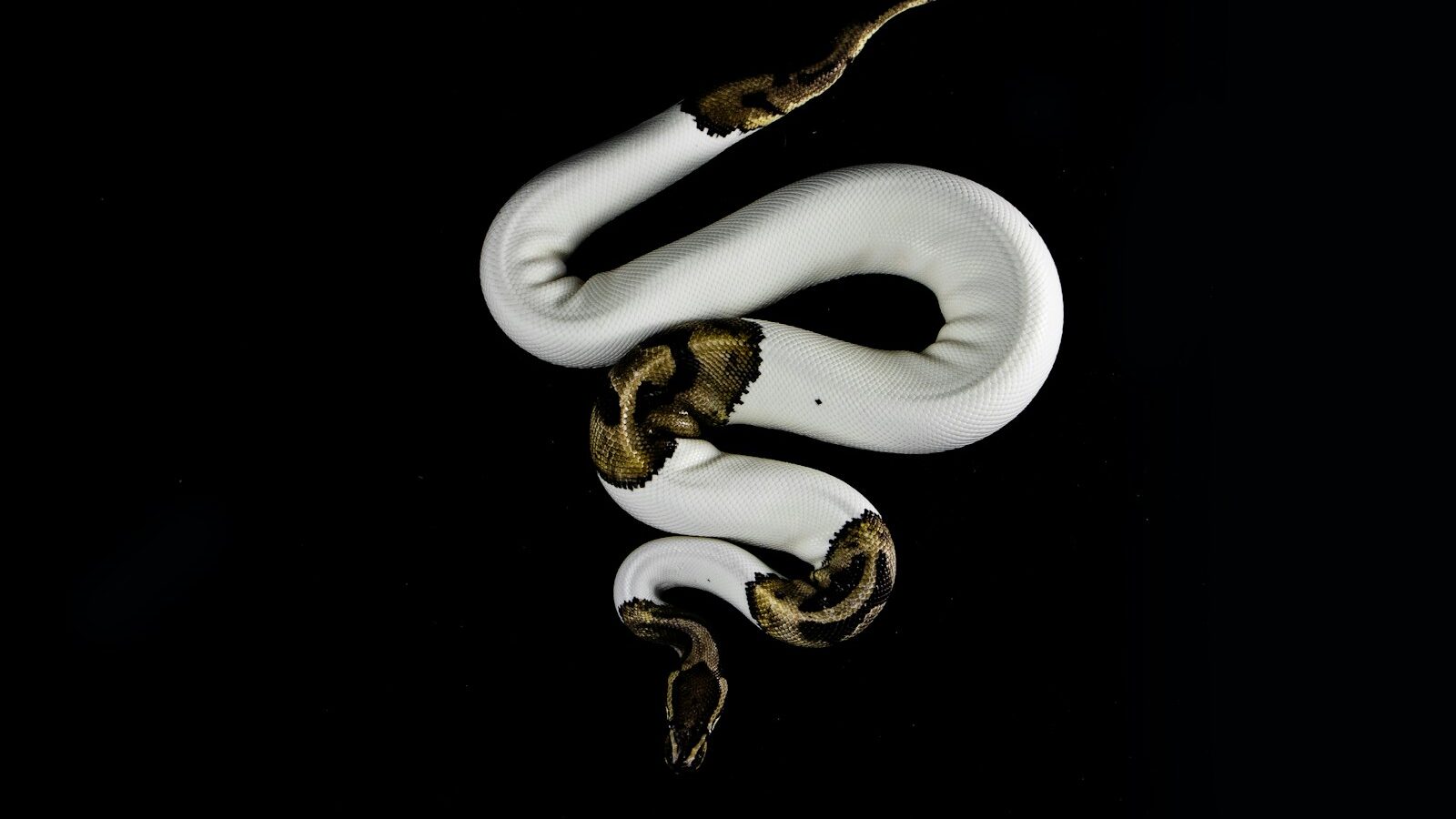
Several ball python morphs have become controversial due to associated health problems that raise welfare concerns. Beyond the Spider morph’s neurological issues, the Super Sable (homozygous Sable) and Super Champagne morphs also display wobble-like symptoms of varying severity. The Caramel Albino morph has been linked to a condition called “kinking,” where affected snakes develop abnormal spinal flexion and neurological symptoms. Hidden Gene Woma and Woduma morphs, when bred to create homozygous forms, frequently produce “duckbill” deformities and fatal developmental issues. Super Black Pastel and Super Cinnamon combinations (also known as “8-Balls”) often have significant scale deformities and fertility problems. Ethical breeders avoid producing these problematic combinations and educate buyers about the associated risks. The controversy extends to breeding practices like “power feeding” to speed growth for breeding, which can lead to obesity and associated health problems. Responsible members of the hobby continuously evaluate morphs for quality of life concerns and adjust their breeding programs accordingly, even when this means discontinuing profitable lines.
Ethical Breeding Practices

Ethical ball python breeding begins with prioritizing animal welfare over profit or aesthetics. Responsible breeders maintain impeccable husbandry standards, providing appropriate enclosures with thermal gradients, proper humidity, and security that allows natural behaviors. They limit breeding frequency for females, typically allowing no more than one clutch per year with rest years incorporated into the rotation, preventing the exhaustion that comes from continuous reproduction. Ethical breeders perform careful health assessments before including any animal in a breeding program, screening for respiratory infections, parasites, and proper weight. They maintain detailed records of genetic lineages to prevent inbreeding depression and track any emerging health concerns. Transparency with customers represents another cornerstone of ethical breeding—providing complete information about an animal’s genetic background, any known issues associated with its morphs, and proper care requirements. Finally, ethical breeders remain committed to their animals for life, offering support to customers and taking back animals if owners can no longer care for them, ensuring no snake enters the rescue system due to their breeding activities.
Breeding Facilities: Standards of Excellence

Professional breeding facilities for ball pythons should maintain standards that exceed the minimum requirements for the species’ care. Optimal facilities feature climate-controlled rooms dedicated to different life stages, with automated systems monitoring temperature and humidity to ensure perfect conditions at all times. Quarantine protocols for new acquisitions should be rigorous, typically isolating new animals for 60-90 days while screening for parasites and diseases before introduction to the main collection. Record-keeping systems should track feeding, shedding, breeding, weight trends, and medical history for each individual snake, creating a comprehensive health profile. Exemplary facilities implement regular veterinary oversight with preventative health protocols rather than just emergency interventions. The physical setup should include appropriate rack systems or enclosures sized for the animals, with particular attention to providing secure hiding spots that reduce stress. Dedicated egg incubation equipment with backup systems ensures successful reproduction, while separate facilities for offspring allow for appropriate monitoring during the vulnerable early life stages. These standards represent significant investment but demonstrate the commitment to animal welfare that should underpin any serious breeding operation.
The Market and Pricing Dynamics
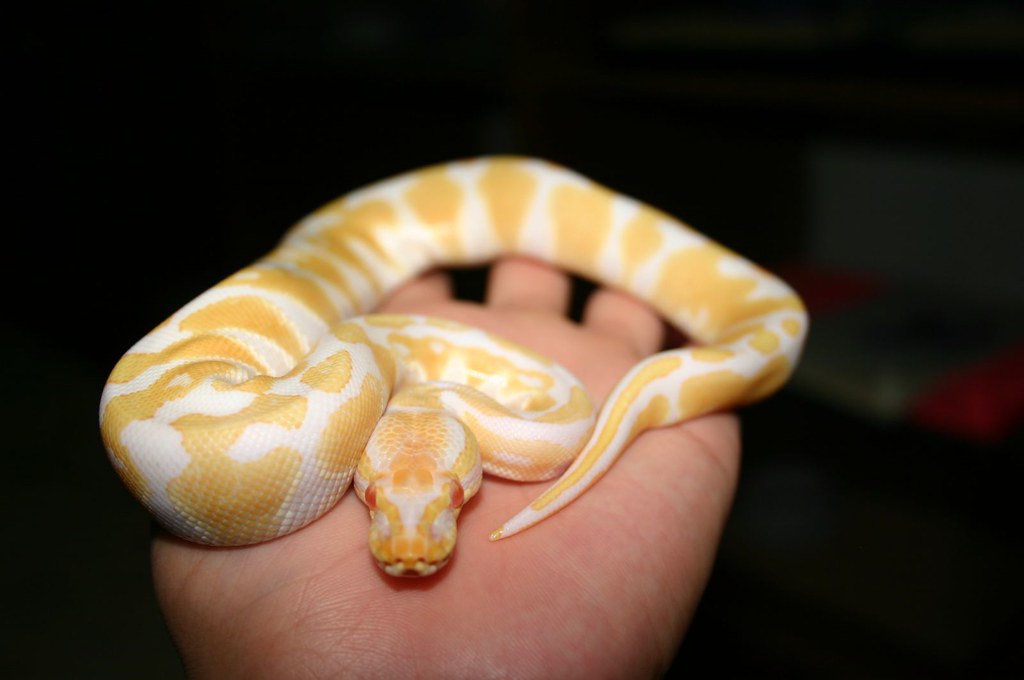
The ball python morph market follows fascinating economic patterns influenced by rarity, novelty, and consumer trends. New morph discoveries typically enter the market at extremely high prices—often tens of thousands of dollars—as breeders compete to acquire breeding stock of these genetic novelties. As these animals reproduce and more examples enter the market, prices gradually decrease following a predictable curve, eventually stabilizing at a sustainable level that reflects the morph’s popularity and breeding complexity. Certain “staple” morphs like Pastel and Pinstripe have settled at relatively affordable prices (often under $100), making them accessible entry points for new hobbyists. Designer combinations involving multiple genes maintain higher price points due to the investment and breeding strategy required to produce them. The market experiences seasonal fluctuations, with prices typically peaking during the spring breeding season and dipping during winter months when interest wanes. Online marketplaces and specialized reptile expos have globalized the trade, creating worldwide demand for exceptional specimens. Ethical considerations increasingly influence pricing, with informed consumers often willing to pay premiums for animals from breeders with established reputations for quality and ethical practices.
Conservation Implications
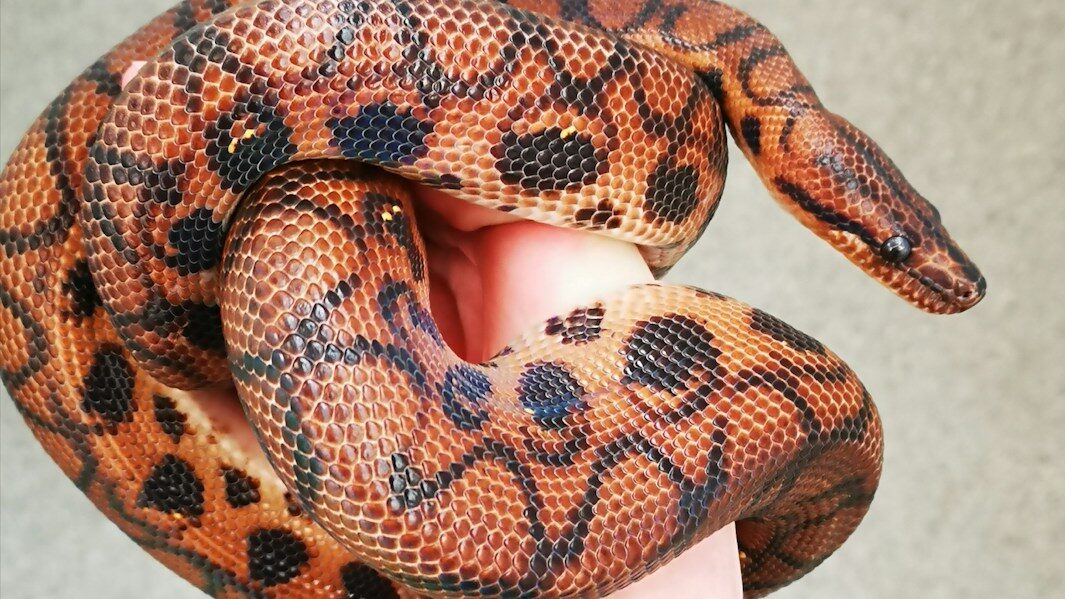
The captive breeding of ball python morphs intersects with wild conservation efforts in complex ways. While most morphs in the hobby today are many generations removed from wild-caught ancestors, the species remains subject to collection pressure in its native West African range. Ethical breeders support sustainable captive breeding as an alternative to wild collection, recognizing that well-established captive bloodlines eliminate the need for removing animals from their natural habitats. Some breeders actively support field conservation through partnerships with organizations working to protect ball python habitat and study wild populations. The hobby also contributes to conservation knowledge through research on genetics, reproduction, and husbandry that occasionally provides insights relevant to conservation breeding programs for threatened reptile species. Paradoxically, the creation of high-value captive morphs may sometimes increase protection for wild populations by shifting commercial value toward captive-bred specimens with genetic traits not found in nature. Forward-thinking members of the hobby increasingly advocate for developing sustainability certifications similar to those in other industries, which would identify breeders committed to ethical practices and conservation support.
The Future of Ball Python Morphs
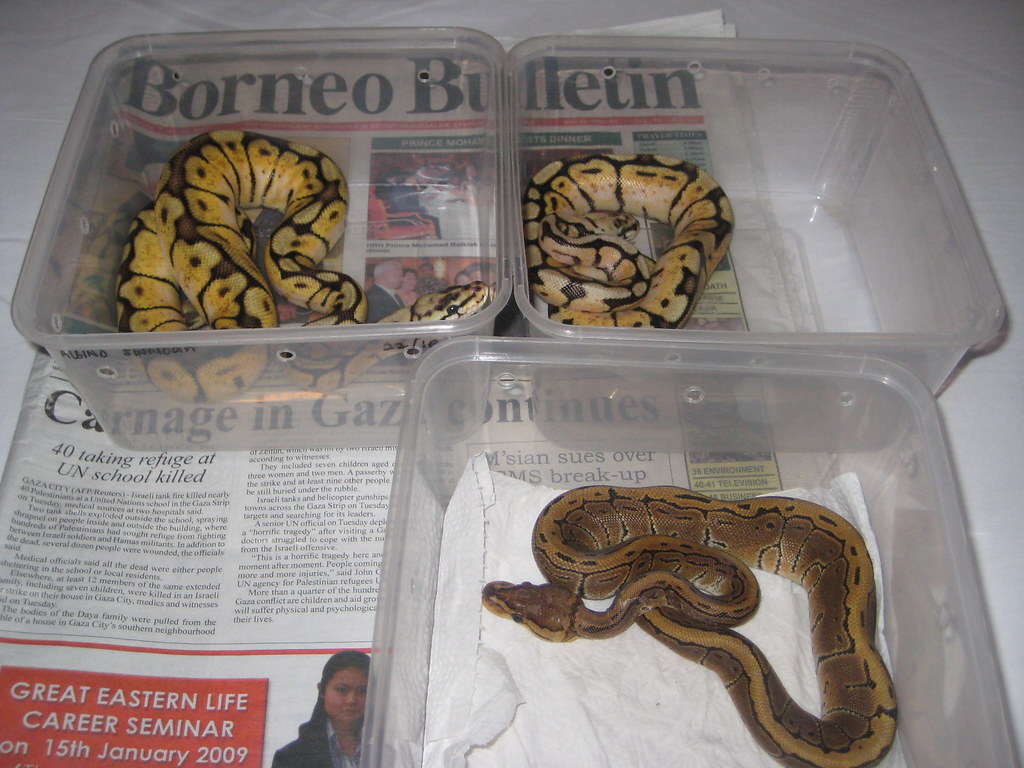
The ball python hobby continues to evolve rapidly, with several clear trends shaping its future direction. Genetic research is advancing our understanding of complex inheritance patterns, with tools like genetic testing becoming more accessible to identify carriers of recessive traits without test breeding. The community is placing increasing emphasis on ethics, with many breeders voluntarily phasing out morphs with known health issues despite their commercial value. New focus is being placed on selective breeding for temperament and hardiness alongside appearance, recognizing that these traits significantly impact keeper satisfaction and animal welfare. The market appears to be shifting toward high-quality examples of established morphs rather than constantly pursuing new combinations, suggesting a maturing hobby that values refinement over novelty. Technological advancements in husbandry equipment, from precision climate control to automated monitoring systems, are making excellent care more accessible. Educational resources continue to expand, with online communities facilitating knowledge sharing about genetics and husbandry. As the hobby matures, it increasingly embraces responsibilities toward the animals’ welfare, wild conservation, and sustainable practices that ensure ball python keeping remains a respected and ethical pursuit for generations to come.
Getting Started with Ethical Ball Python Breeding
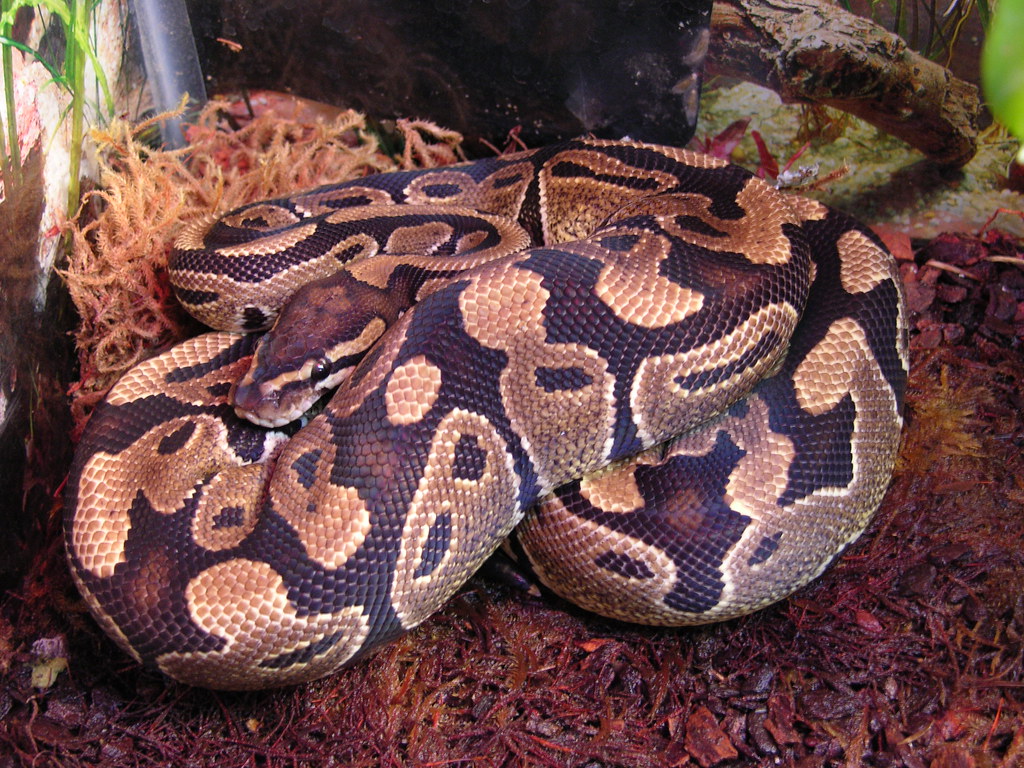
For aspiring ball python breeders committed to ethical practices, the journey begins with extensive education before acquiring any breeding animals. Prospective breeders should spend at least a year keeping ball pythons as pets, mastering husbandry basics and understanding the species’ natural behaviors and needs. Building relationships with established ethical breeders provides invaluable mentorship and helps newcomers avoid common pitfalls. Initial breeding projects should focus on simple, well-understood genetics without health concerns—combinations like Pastel, Enchi, or Yellow Belly provide excellent starting points without the complications of problematic morphs. Financial planning is essential, as proper equipment for a breeding operation represents a significant investment, and the first breeding season rarely generates profit. New breeders should establish clear ethical guidelines from the outset, deciding which morphs they will and won’t work with based on welfare considerations rather than just market demand. Starting small with a focused project allows for mastering one genetic combination before expanding, preventing the overwhelming situation that occurs when breeding too many different morphs simultaneously. Most importantly, ethical breeding begins with viewing the animals as living beings deserving respect and excellent care, not merely as genetic combinations or financial investments.
The fascinating world of ball python morphs represents the intersection of genetic science, artistry, and animal husbandry. While the visual diversity achieved through selective breeding continues to captivate enthusiasts worldwide, the community’s growing emphasis on ethical considerations reflects a maturing approach to the hobby. Responsible breeders recognize that producing healthy, well-adjusted snakes must take precedence over creating novel appearances, particularly when genetic combinations might compromise welfare. As our understanding of ball python genetics continues to evolve, so too does our responsibility to ensure that breeding practices prioritize the animals’ best interests. By supporting ethical breeders who maintain high standards of care and transparent practices, enthusiasts can enjoy these remarkable reptiles while contributing to a sustainable and responsible hobby that respects both the animals and their wild heritage.


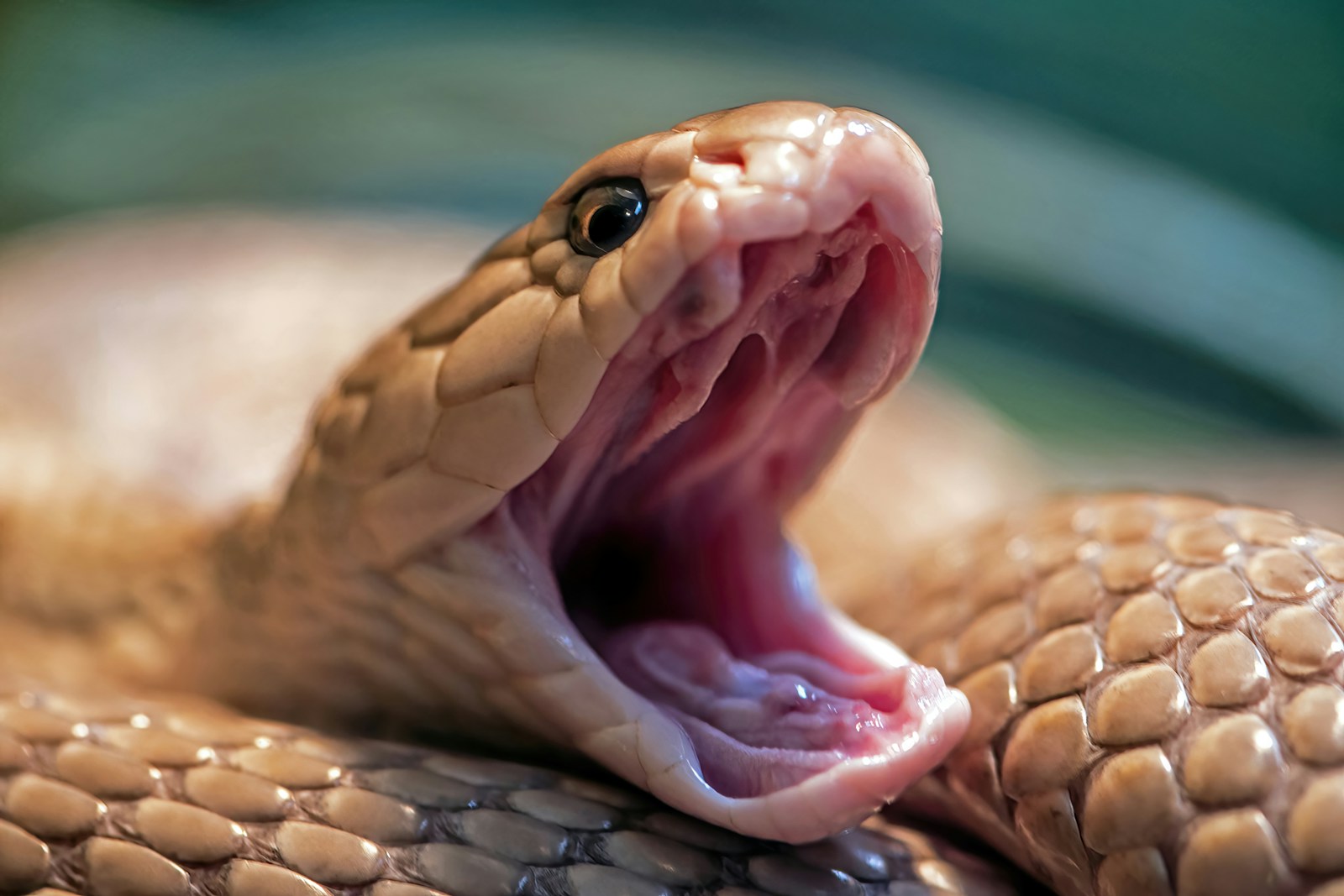



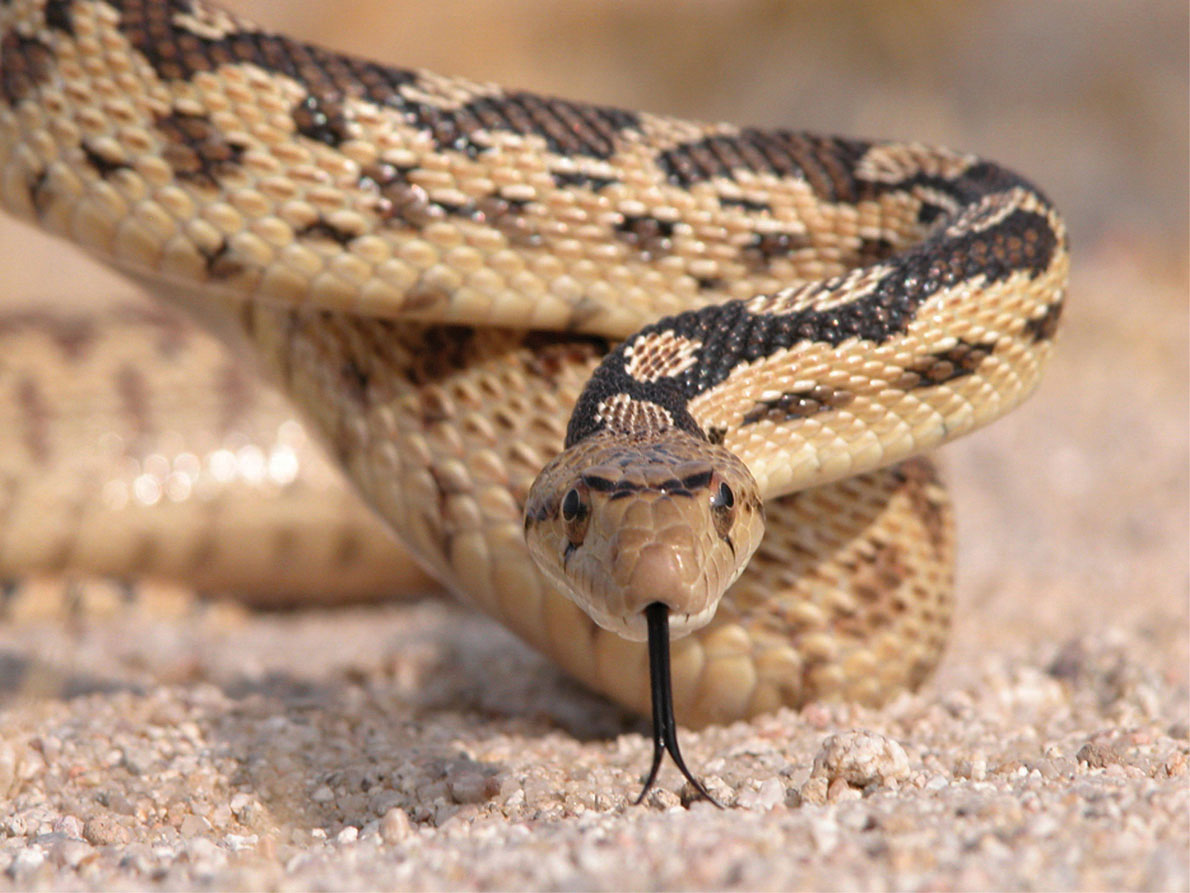


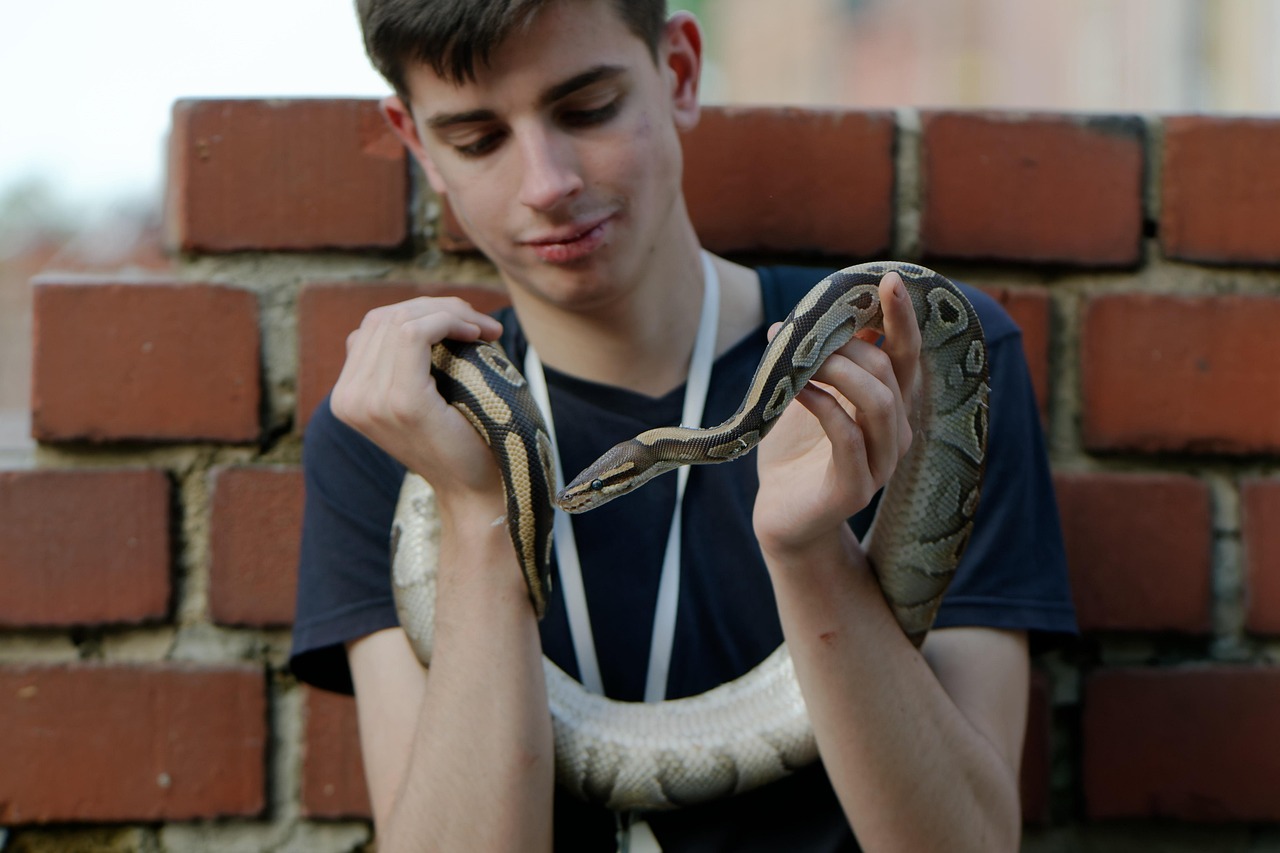
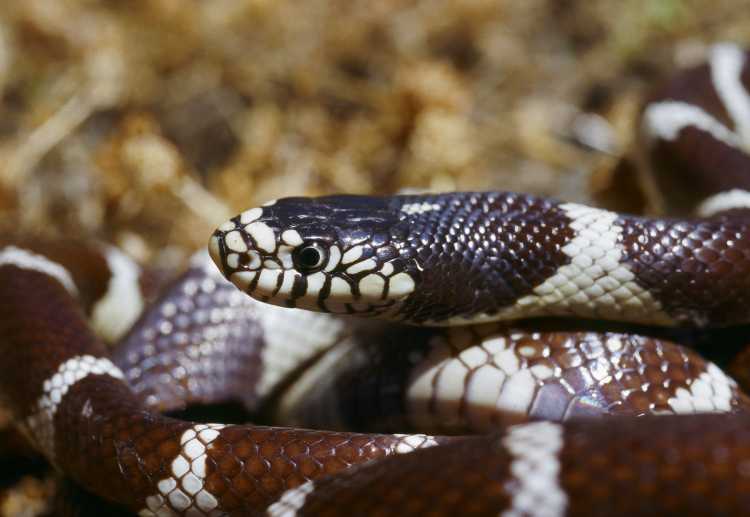
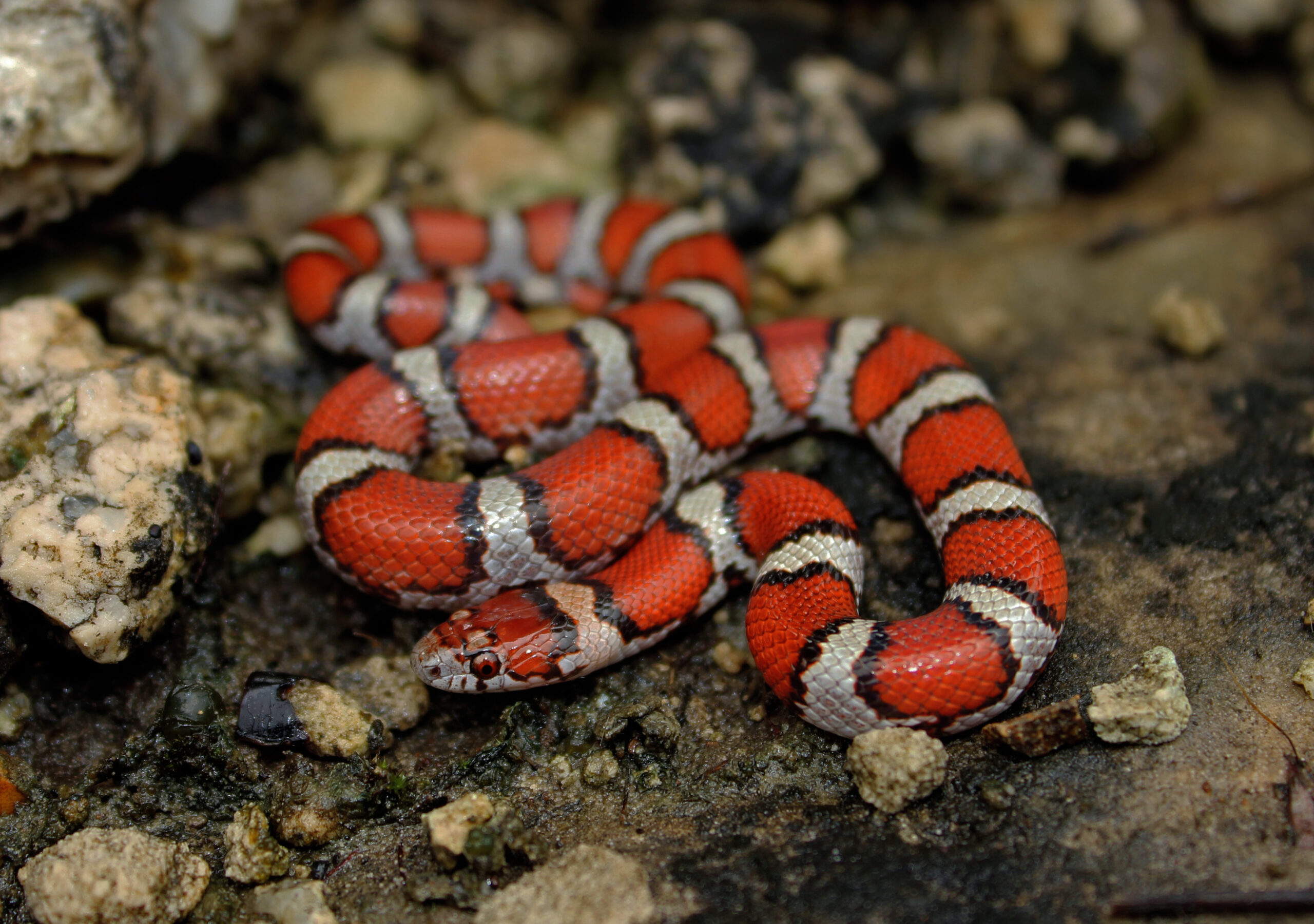




Leave a Reply